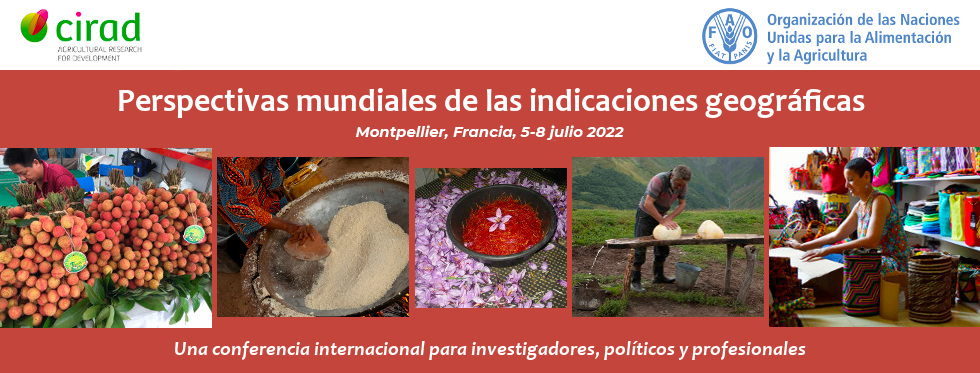The dispute between the European Union (EU) and the USA over Geographical Indications (GIs) is well known. In its bi-lateral trade negotiations, such as the recently completed agreement with Canada and the current negotiations with Australia and New Zealand, the EU proposes that these New World countries adopt EU-style GI regulations. Yet the agricultural systems in the New and Old Worlds differ substantially and it is arguable whether a system designed for Europe will work in the New World. This does not, however, mean that GIs should necessarily be ignored in New World countries. What it does mean is that the design of GI systems for New World countries needs to take into account specific factors, such as the lower density of agricultural production. The FAO/CIRAD conference provides an excellent opportunity for experts from New World countries to exchange views on how an appropriate New World system might be designed and the key points where it may differ from GI systems from countries with more densely settled agricultural production. It would also allow experts from Old World countries to query and critique the analysis.
This paper addresses the issue from an economic perspective, focussing on the difference between Europe and Australia in the geographic density of agricultural producers. Such differences raise substantive issues about the breadth of product description appropriate for a GI system in New World countries. The paper starts with a brief review of the product definitions used in the European food GI system and the certification trade mark (CTM) system in Australia, before comparing the distribution of producers in France and/or Italy with that in Australia.
It then turns to the options that should be considered in designing a GI system that would suit Australian needs. For this, the paper uses cheese products as an example, as these are one of the most studied types of GI. Within any geographic region, what is the density of producers of any given type of product? Within any particular boundary, would the type of highly specific product definition used in Europe – camembert, brie, etc – work effectively in Australia, or would there be so few producers that a GI consortium would be meaningless? Would a GI for all types cheese be an effective alternative and would it address the issue of the recognition of Australian regional specialties overseas? A third option is the use of GI names as regional brand protectors across a number of trademark classes (as in the current Australian CTM system)? Data from the Australian trade mark register shows that this is the type of protection most sought by Australian producers. Fundamentally this paper addresses the question of whether there are enough producers in any region to sensibly form a production association?
While focusing on Australia, the paper raises issues about GI system design in countries that are less densely settled than those where GI systems originated. Such differences are a critical element in designing a GI system that would work effectively in New World countries.

 PDF version
PDF version
